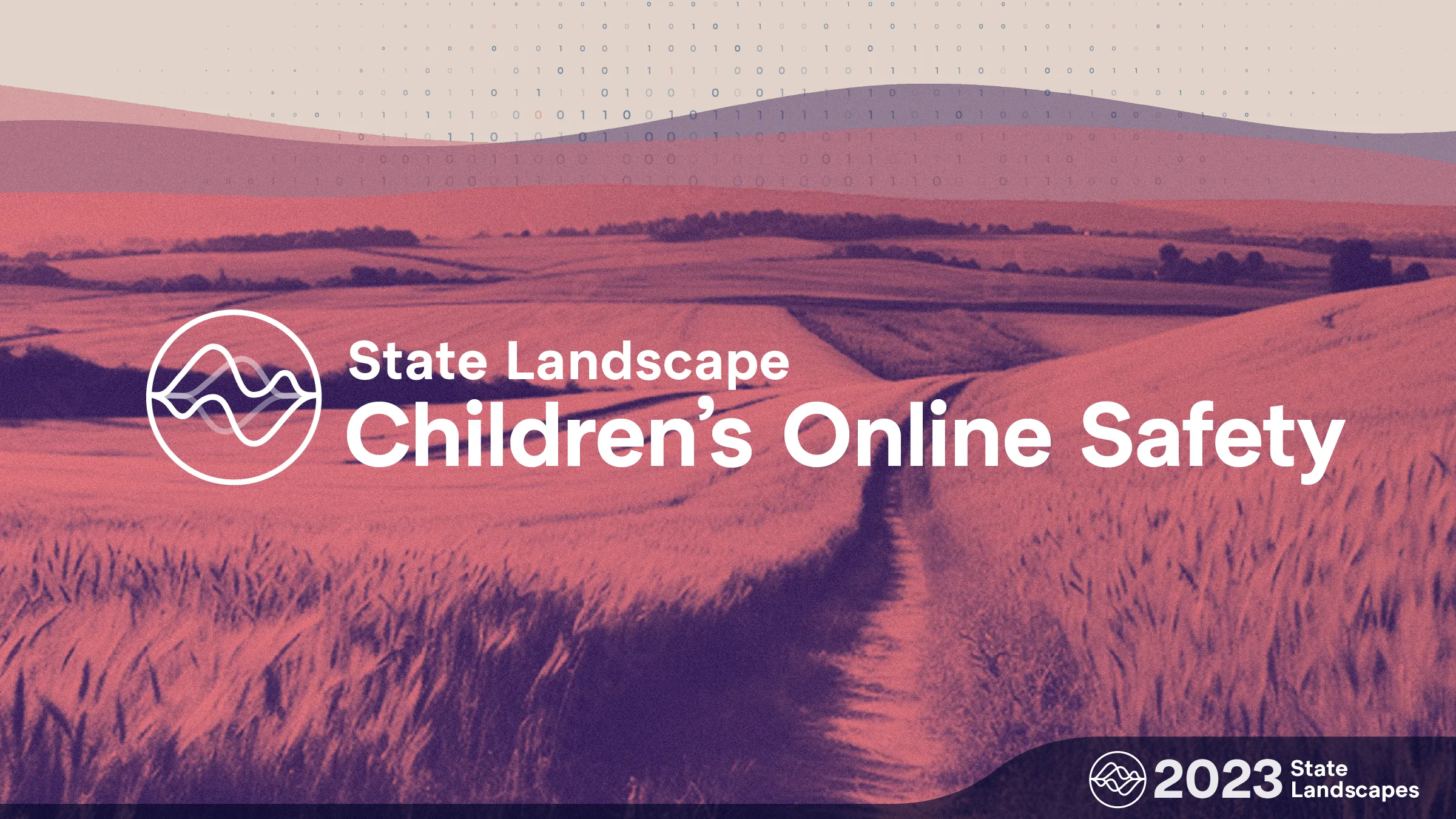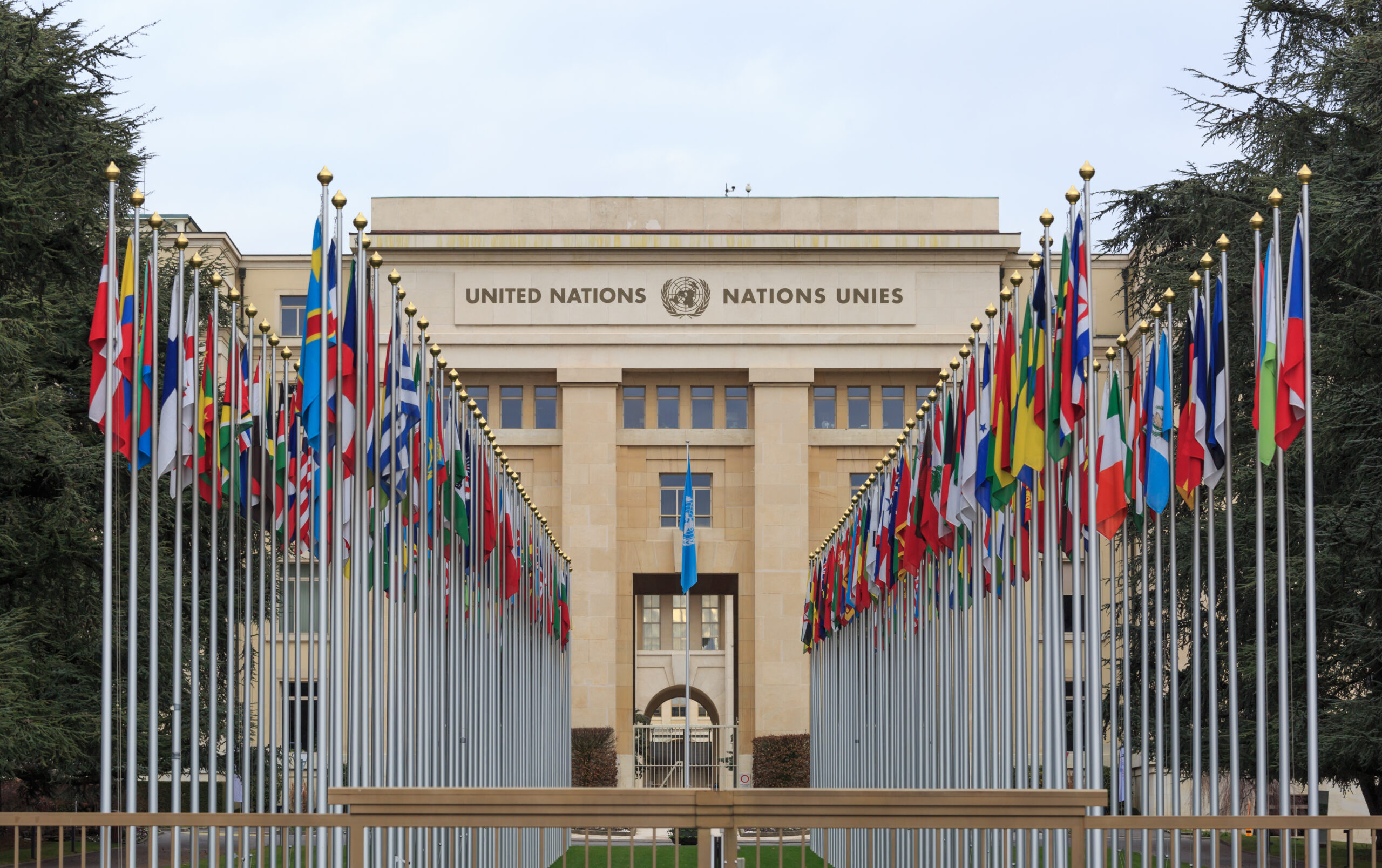DMCA Safe Harbors Again in the Spotlight
The DMCA safe harbors are again in the spotlight, with extensive new research and an upcoming Copyright Office notice of inquiry drawing attention.
On New Year’s Eve, the Copyright Office announced a request for comment into the Digital Millennium Copyright Act’s Section 512 “safe harbors,” which concludes tomorrow. (It also announced roundtables in May in New York and Stanford.) As regular DisCo readers may remember, the DMCA’s safe harbors provide that an Internet service cannot be held responsible for copyright infringement by Internet users, provided the service quickly takes down individual content if a copyright holder claims that content is infringing.
In addition to the Copyright Office’s inquiry, scholars Jennifer Urban, Brianna Schofield, and Joe Karaganis published a sweeping survey of DMCA data earlier this week, “Notice and Takedown in Everyday Practice.” This report provides extensive empirical analysis of the use of the notice and takedown system. The report also provides the most extensive empirical evidence of DMCA misuse to date, something frequently covered here at DisCo (e.g., [1], [2], [3]), but which has been getting attention from mainstream journalists as well ([1], [2], [3]).
Through most of the Internet’s history, the DMCA has operated with little fanfare, with the vast majority of online platforms simply processing takedown demands in their ordinary course of operation. But this is hardly the first time that the DMCA safe harbors have come into the spotlight. DisCo wrote back in March 2014 that the D.C. policy bubble was “all DMCA all the time,” in light of hearings, multistakeholder forums, stemming from the Department of Commerce’s 2013 green paper, and ongoing litigation. And back in 2008, the DMCA gained some attention when Sen. John McCain’s election videos were wrongly targeted with DMCA takedowns at a crucial point in the campaign.
This week’s groundbreaking study by Urban, Karaganis, and Schofield — actually 3 studies — points out a significant rise in the number of takedown demands over time. To give some perspective, the authors worked with a dataset of over 100 million from the Lumen Database (an online repository of takedown demands) that were generated in just 6 months.
Today, notices are in such demand that an entire industry of copyright enforcement vendors has developed to send them. While a segment of DMCA takedowns come directly from rightsholders, the largest-volume senders are increasingly third-party vendors using automated programs to generate “robo-notices” in bulk.
Notwithstanding the growth of the enforcement industry, some critics say that the increasing rate of takedowns shows the DMCA doesn’t work. But that’s a strange argument — that a growing number of copyright holders are doing something at greater frequency, which serves no purpose. Why would an industry exist to provide takedown services if they have no value?
The better explanation is that takedowns are increasing because the system is effective. The marginal takedown notice provides value, even as it costs very little. Once one has a process in place to generate takedown demands (or a vendor contracted to do so), then it makes sense to use that process at high volume. In short, the increasing use of takedowns shows demand for the DMCA. As notice volume increases, Internet services build new tools to make it more efficient. That doesn’t mean that rightsholders are always accurate in their demands, unfortunately, as the Urban study and previous DisCo coverage has shown.
If anything, the DMCA is a victim of its own success: a system that provides complainants with extra-judicial, no-notice access to an Internet ban-hammer is bound to see misuse — something the Urban/Karaganis/Schofield research finds in considerable volume. The good news, however, is that as DMCA usage increases, so too has the use of lawful content delivery services, which are now the majority of internet traffic.








